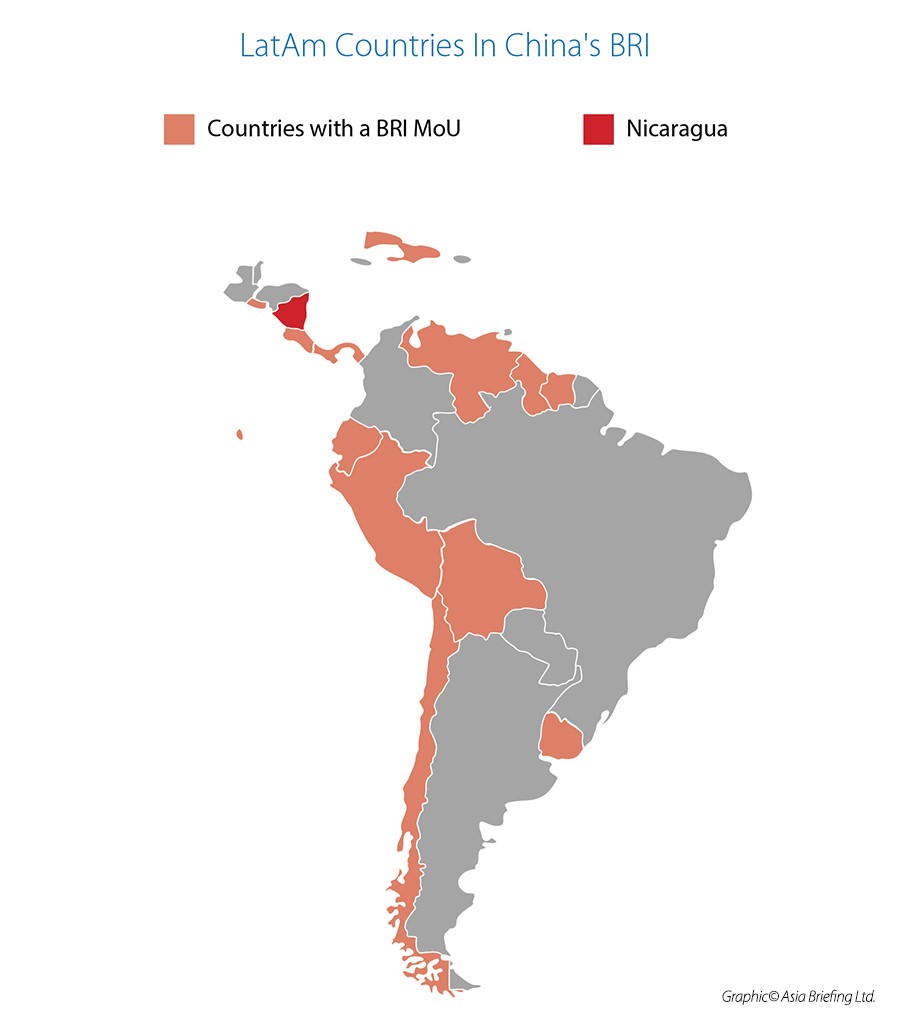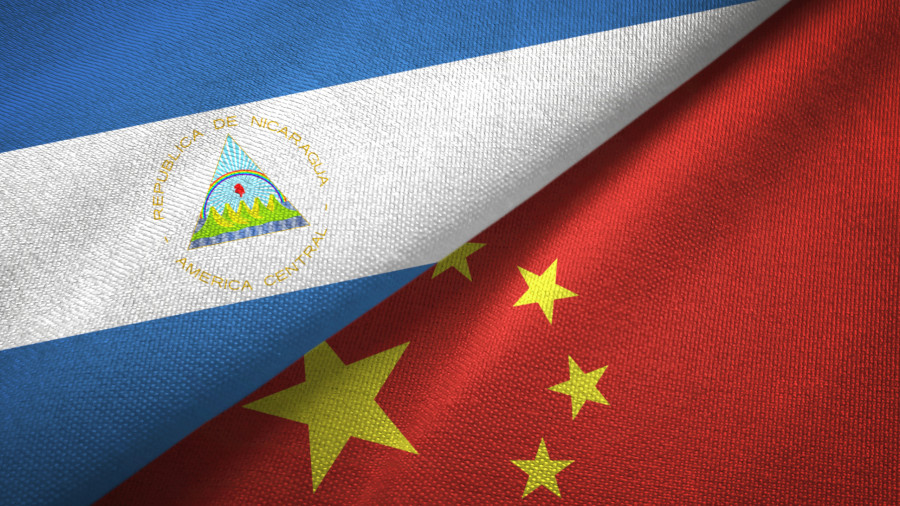China’s New Nicaragua Ties Give Beijing Another Footprint In Central America
Move To Recognize Beijing Raises Regional Funding Questions For Washington’s ‘Build Back Better World’
By Chris Devonshire-Ellis
Nicaragua’s decision to recognize China, establish diplomatic ties with it, and cease its relations with Taiwan give Beijing another foothold in Latin and Central America. With Nicaragua almost certain to sign a Belt and Road MoU with China, the diplomatic move adds another building block to a Chinese presence in the region.
Nicaragua is a member of the Central American Common Market (CACM) which also includes Costa Rica, El Salvador, Guatemala, and Honduras, of which the first two have BRI MoU. However, at present only Costa Rica has a Free Trade Agreement with China. None of these countries have Double Tax Treaties with the PRC, and with the Costa Rican exception, none have Free Trade Agreements with China, either. But that could change. China is now the second largest global trade partner, after the United States in CACM – meaning options are now on the table.

Nicaragua’s move therefore signals a challenge to the United States ‘Build Back Better World’ infrastructure initiative. That plan intends to provide significant outbound investment, however, is expected to favor democratic countries with close ties to the United States. Nicaragua is certainly not amongst this group, and while Washington’s current relations elsewhere in Central America are generally positive, they have been strained by issues with migrants and Trump’s border wall with Mexico. The CACM countries certainly need investment, however Washington will want strings attached. The other CACM members will consequently be watching very closely how China funds infrastructure development and invests in projects in Nicaragua, in addition to how trade develops.
Despite the lack of a FTA, Chinese trade has become regionally significant and is growing.
| Country | Current Annual Trade Trends (USD, billions) * |
|---|---|
| Costa Rica | 2.5 |
| El Salvador | 1.4 |
| Guatemala | 3.6 |
| Honduras | 2.0 |
| Nicaragua | 0.05 |
* based on OECD August 2021 bilateral trade data
Nicaragua’s 2020 bilateral trade volume with Taiwan was about US$168 million as opposed to China’s trade with Nicaragua of slightly less than US$50 million. However, Taiwanese trade has probably reached close to a ceiling with Nicaragua – it is restricted by volume and market capacity. Managua will be hoping that China 2022 trade will overtake the Taiwanese contribution in a matter of months. Beijing for sure will be making sure it does.
While the US will continue to be the dominant market for CACM, the Nicaraguan position lays down a challenge to Washington which fellow CACM members will approve of. It puts pressure on the Biden administration to put some of that B3W investment capital into their pockets. Because if not, Double Tax Treaties and Free Trade Agreements with China will start to materialize, eating further into US trade volumes in Central America. Nicaragua’s decision to recognize China has been a clever move when taken in context of the CACM bloc as a whole. The challenge has been raised. Will “Build Back Better World” include Central America, and if so, how much money will it receive?
Related Reading
About Us
Chris Devonshire-Ellis is the Chairman of Dezan Shira & Associates. The firm assists British and Foreign Investment into Asia and has 28 offices throughout China, India, the ASEAN nations and Russia. For strategic and business intelligence concerning China’s Belt & Road Initiative please email silkroad@dezshira.com or visit us at www.dezshira.com






